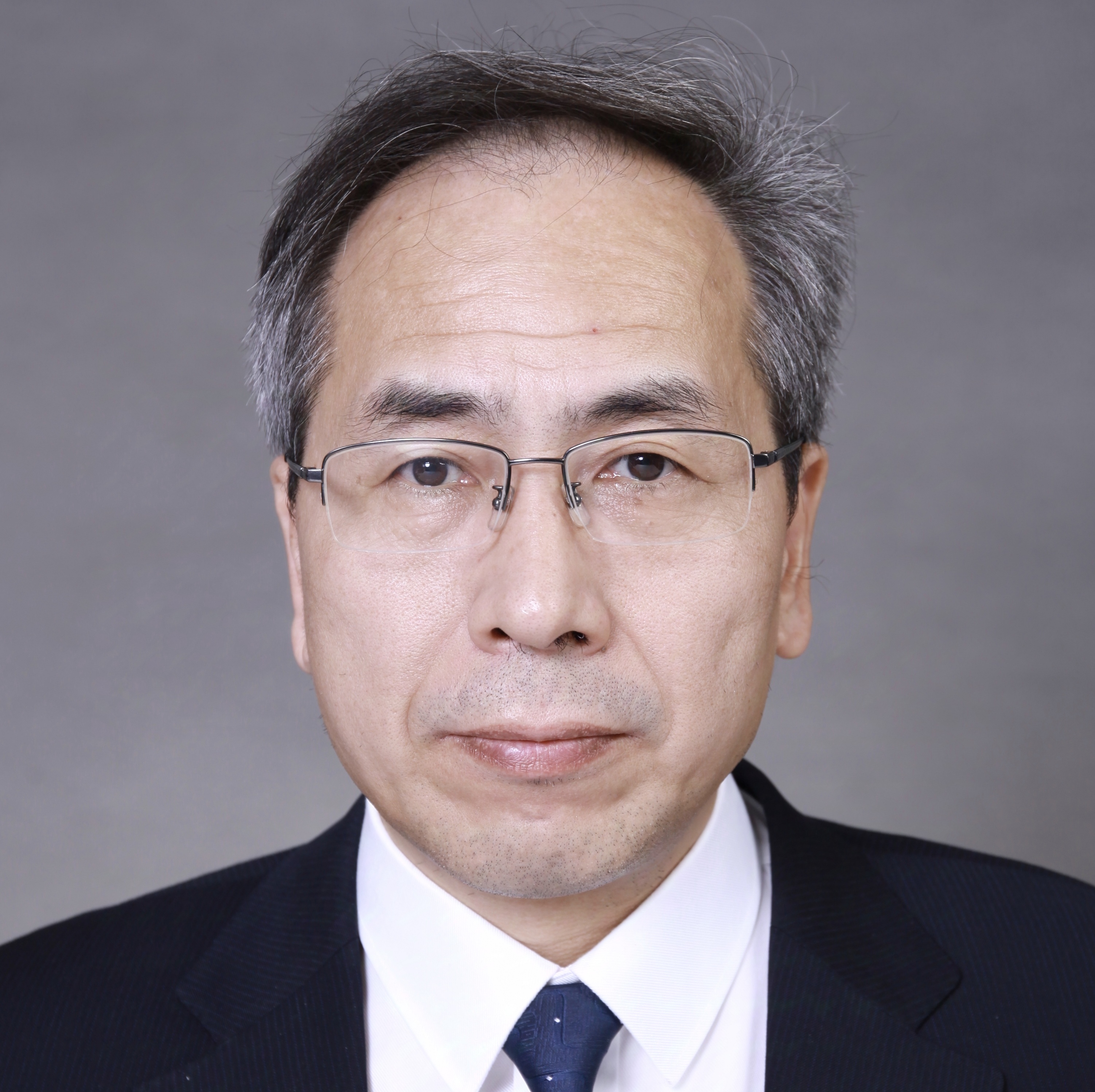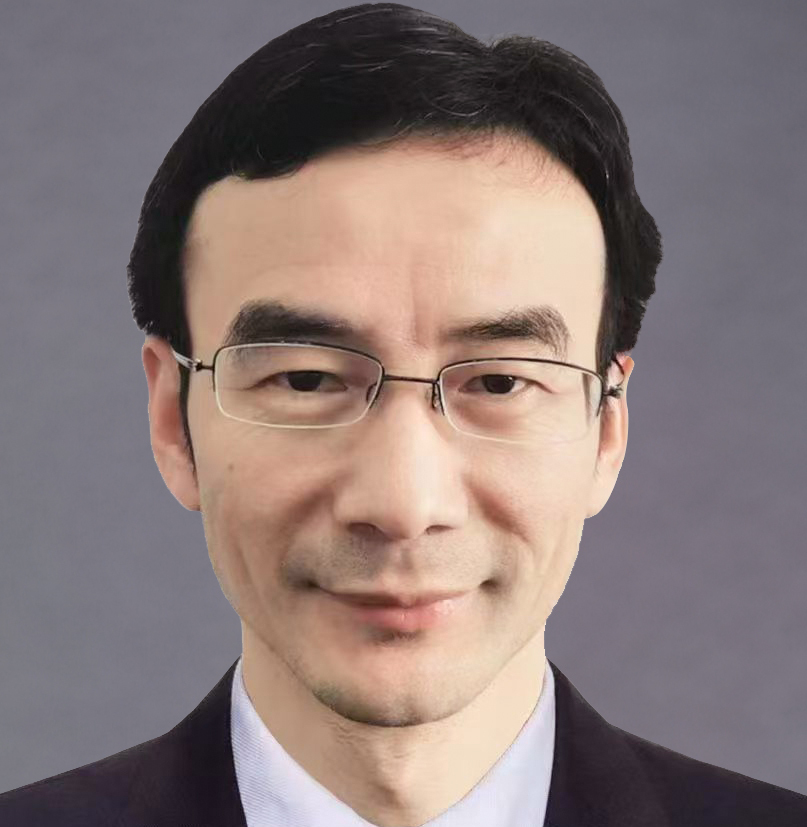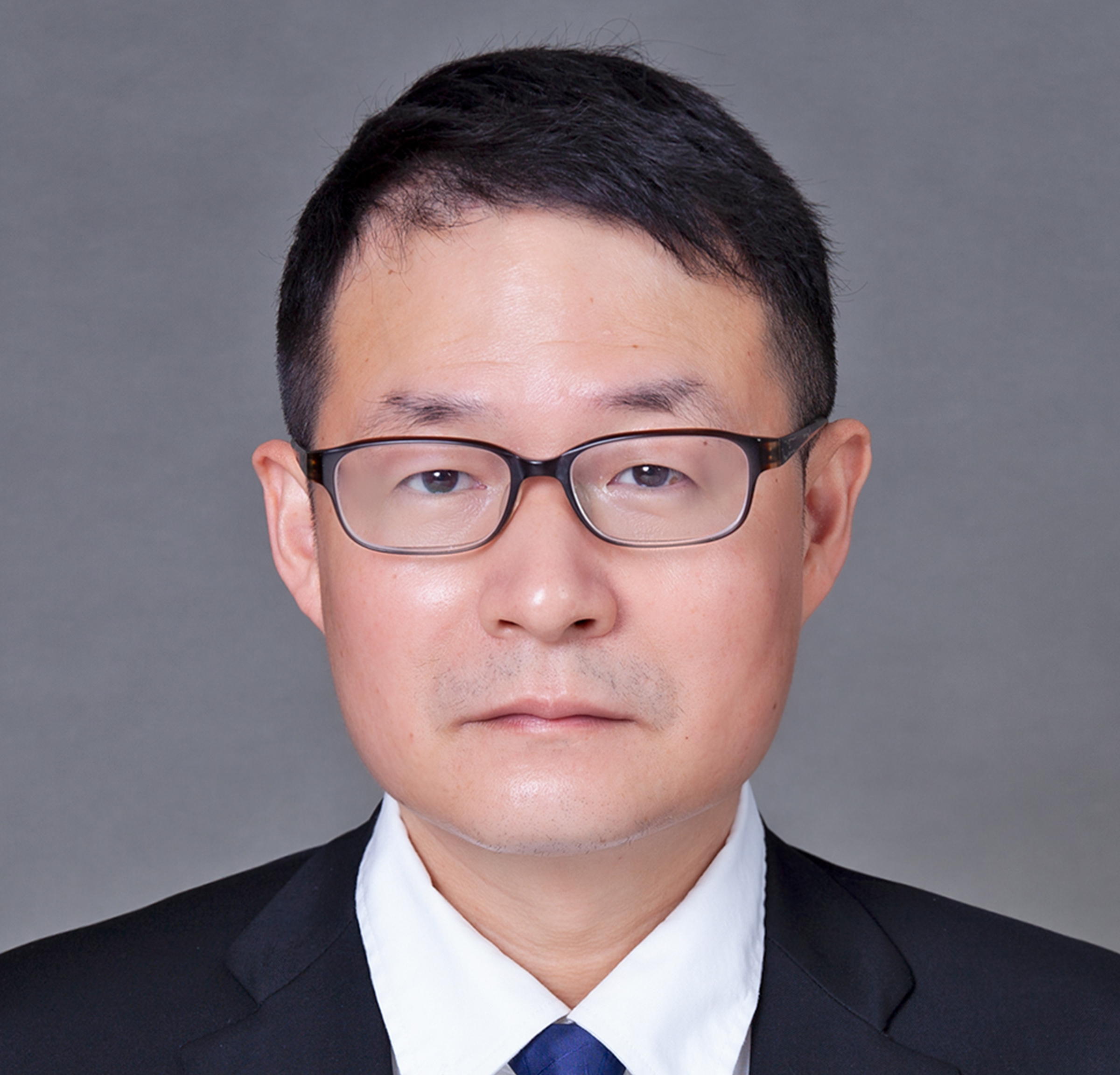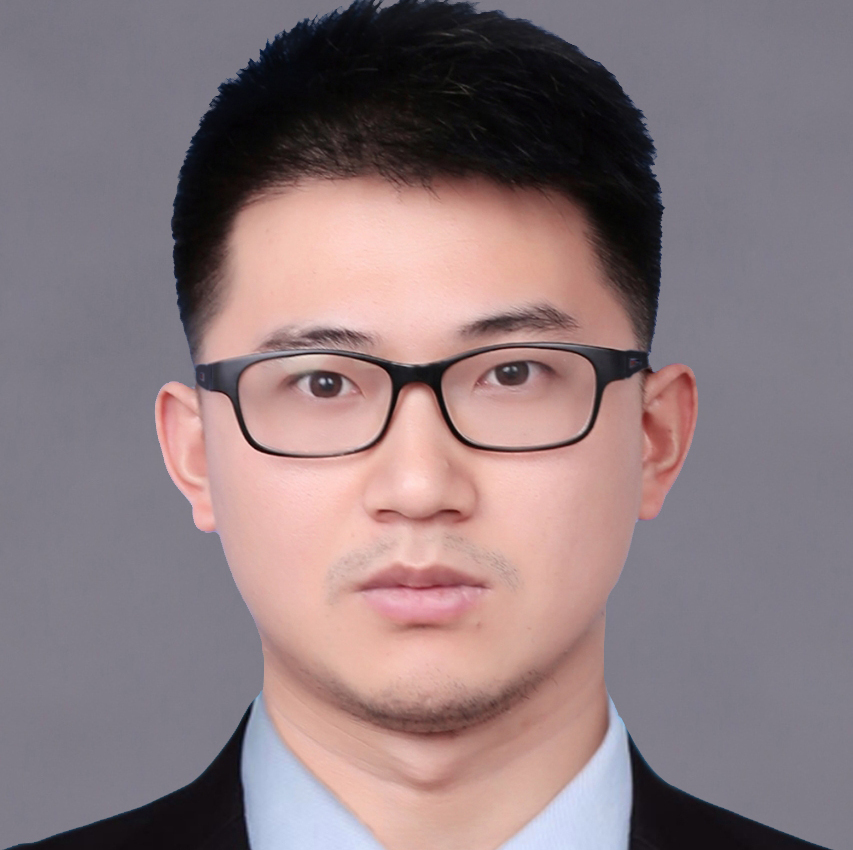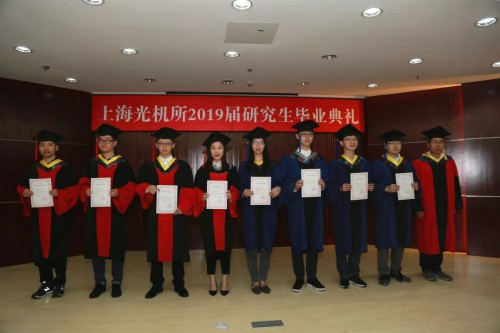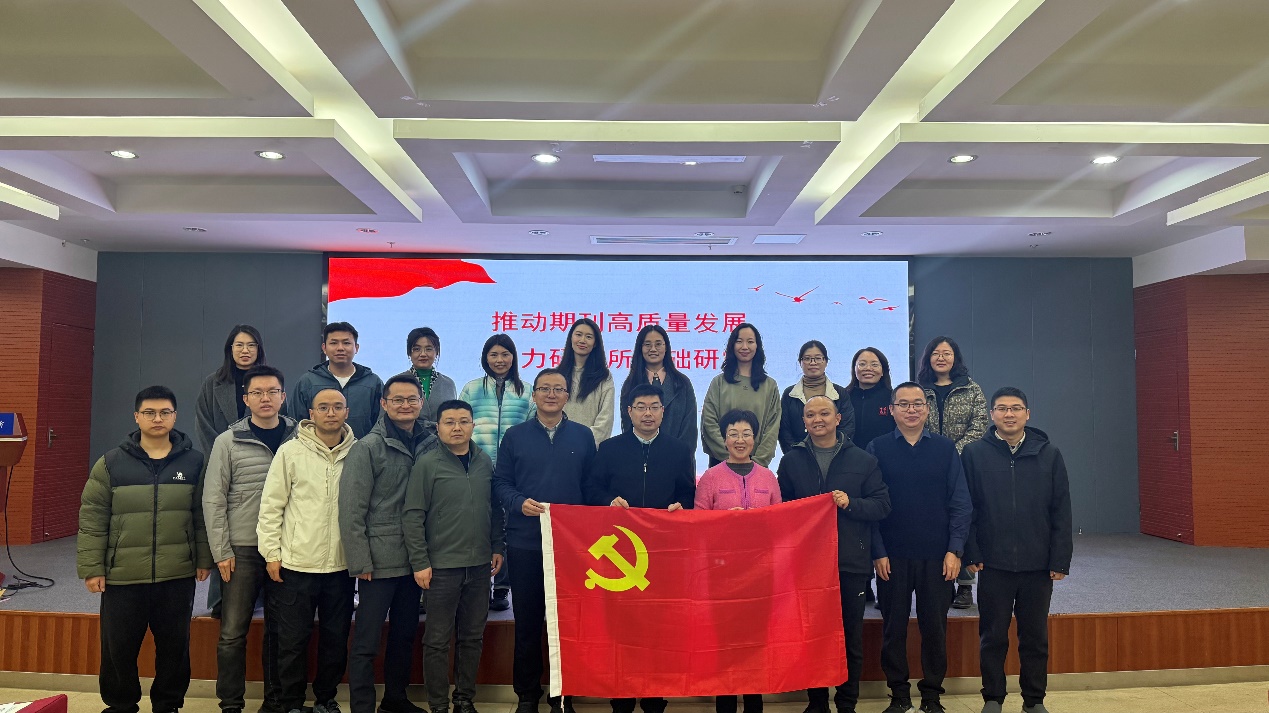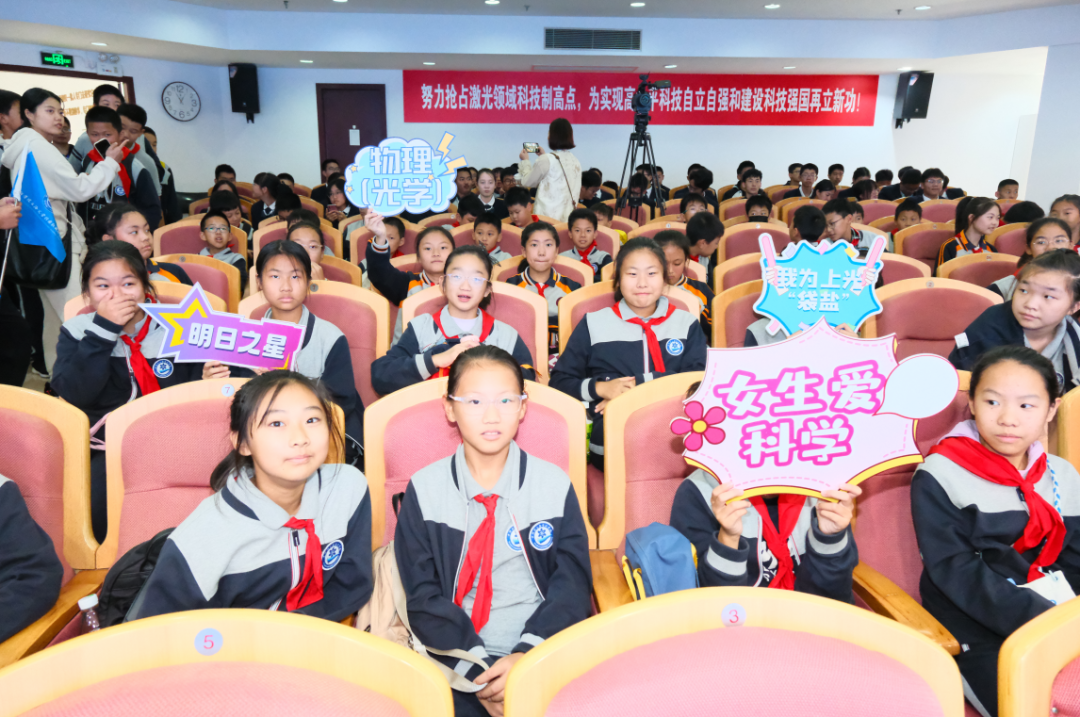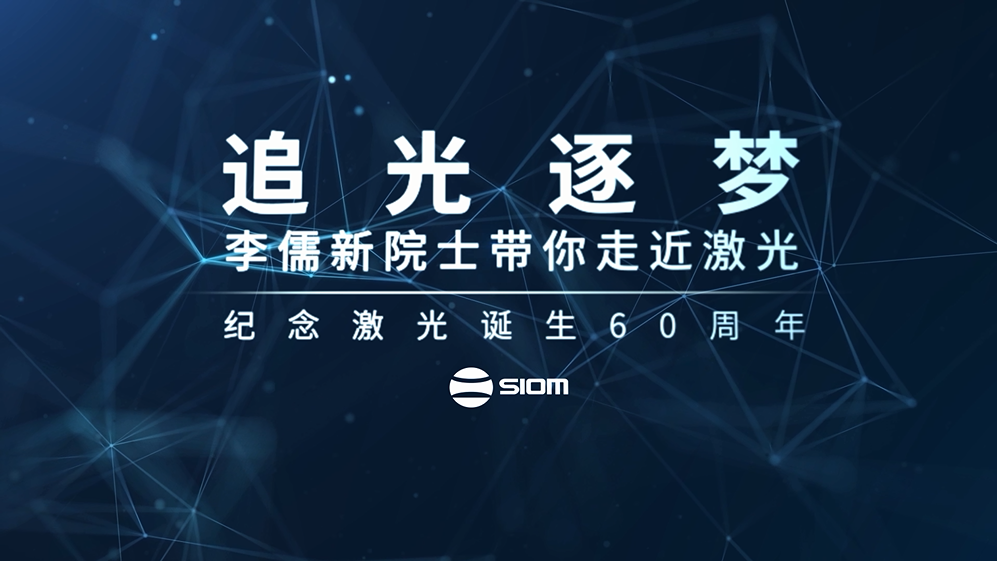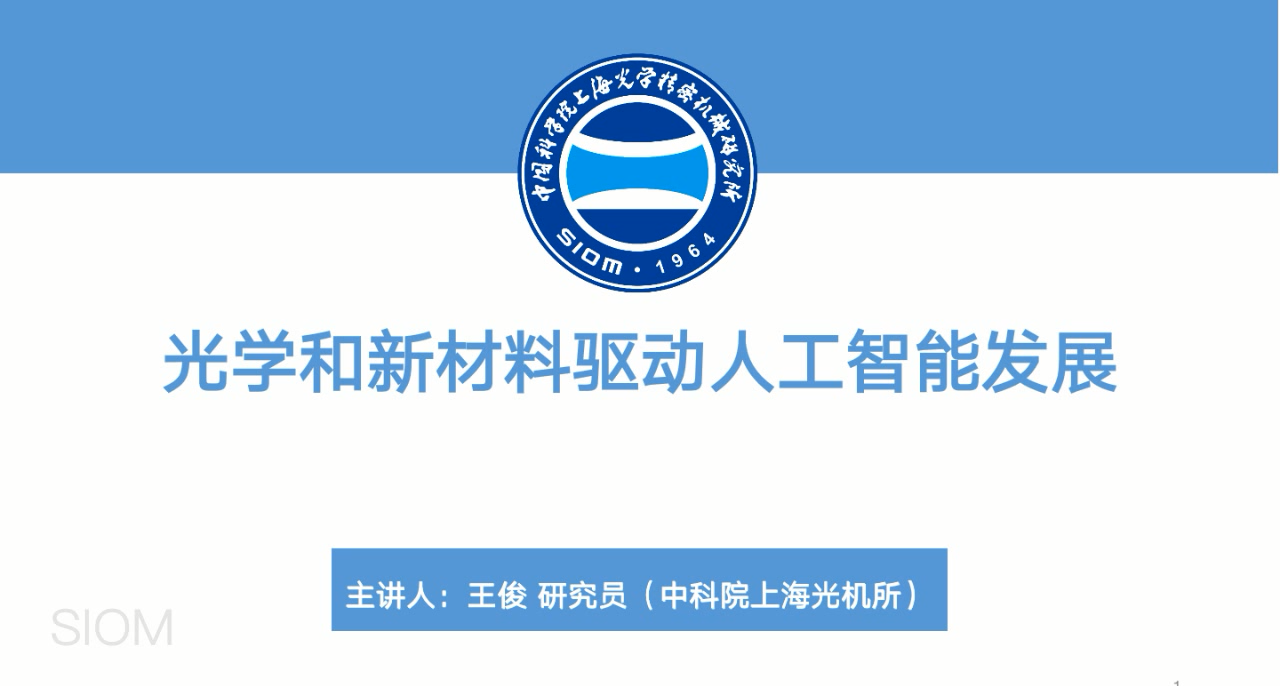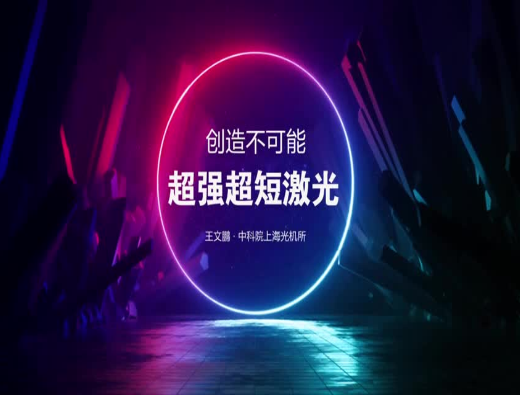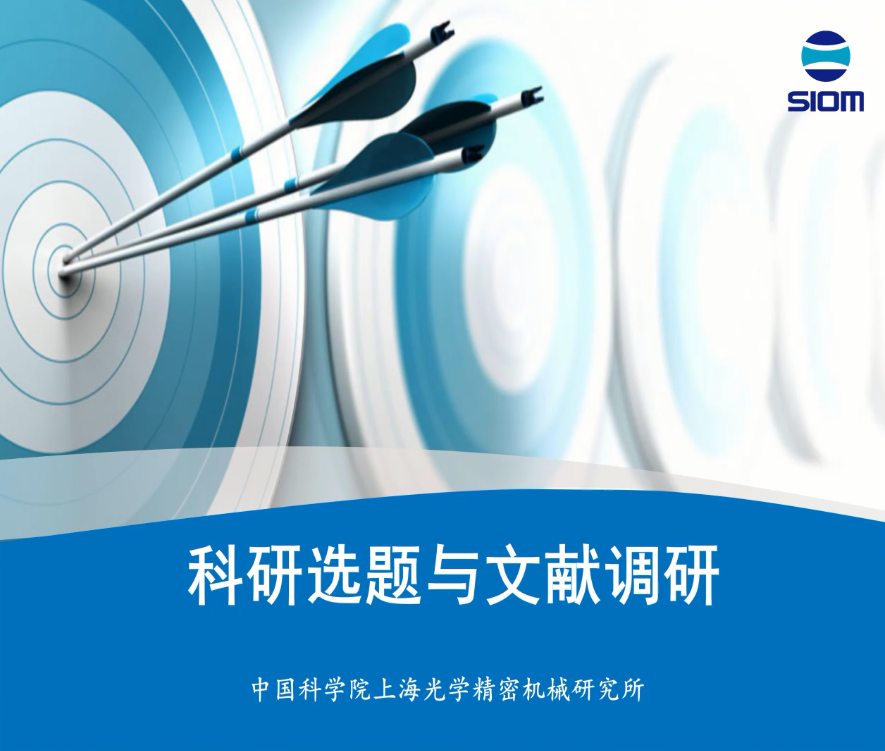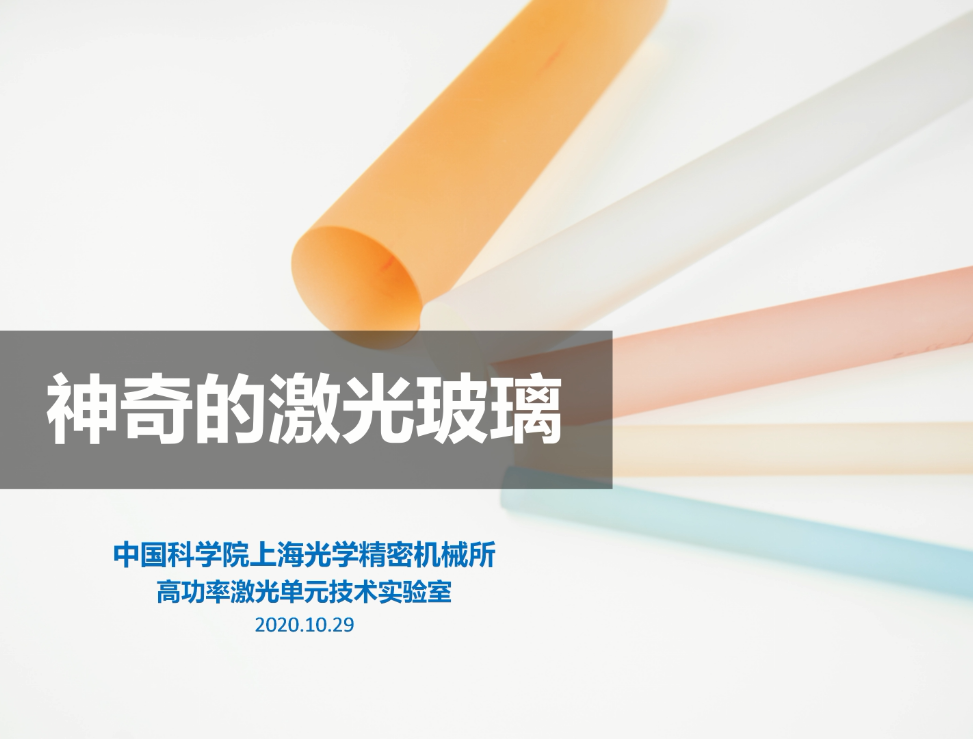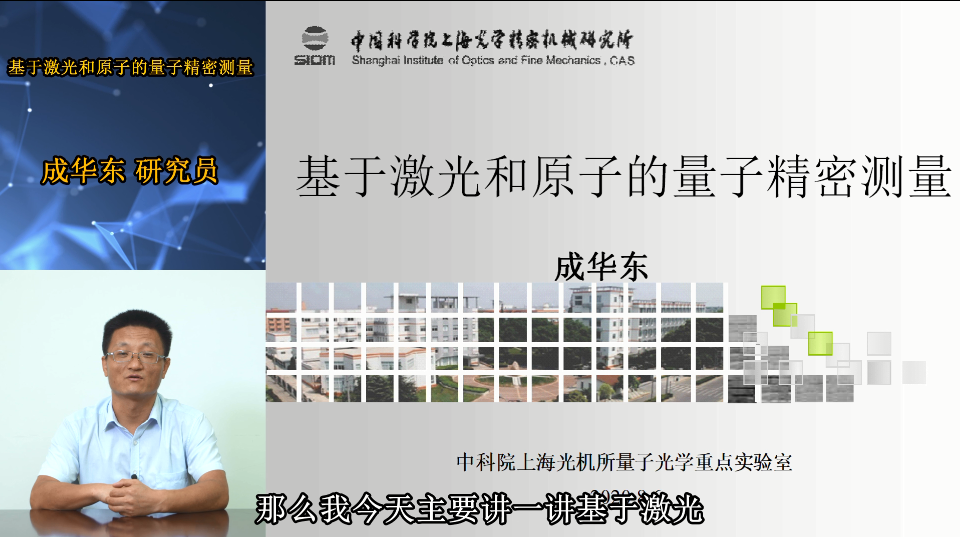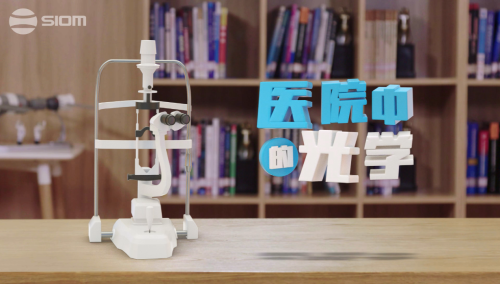
题目:Light induced self-organization in organic thin-films
姓名:Prof. Jean-Michel Nunzi
单位:Department of Physics, engineering Physics and Astronomy, Department of Chemistry, Queen’s University, Canada
时间:2019年5月31日(周五) 上午9:30
地点:18号楼5楼会议室
Abstract:
Our team studies self-organization and the instrumentation related to organic photonic materials and devices. Major questions we try to answer are: what does light do for us and what do we get from the sun1?
For instance, there currently exists a significant demand for IR broadband photoresponsive devices for applications ranging from photovoltaics and renewable energy to photodetection for military and civilian purposes. When considering the effectiveness of those photosensitive devices, several factors must be considered including photoresponsivity, fabrication process, and cost. Moreover, the spatial resolution of IR photodetectors can be significantly improved by simultaneously sensing the intensity and polarization of the incident light.
Photodetection through conventional procedures is based on light absorption by a material with a matching bandgap. However, this approach limits the range of wavelengths that can be detected, it is not sensitive to polarization, and cannot be used accurately in the infrared range because of thermal noise.3 Recent approaches have attempted to circumvent these limitations.
Metal–semiconductor Schottky junctions have been reported as the most efficient structures to collect hot electrons5 and generate a signal in photodetectors. However, previously reported photodetectors based on this methodology can be very costly to fabricate, and not suitable for large-scale fabrication. Herein, we demonstrate that ITO-Au nanostructures can indeed be used to fabricate a NIR photodetector6 using the rectification effect induced by dipole orientation in a thin fim.
Our designed device structure allows the fabrication of hot electron-based photodetectors that are highly sensitive in the NIR range, that are sensitive to polarization, and that are easy and cost-effective to fabricate. The approach developed herein represents a significant milestone towards the development of energy conversion devices based on hot electrons and plasmonics, which will be beneficial to integrated optoelectronics and photocatalysis.
1.Lewis, N.S., Basic research needs for solar energy utilization, 2005, www.osti.gov/servlets/purl/899136
2.Zhang, E. et al., tunable ambipolar polarization-sensitive photodetectors based on high-anisotropy ReSe2 nanosheets. ACS Nano 2016, 10, 8067.
3.Mandal, P.; Sharma, S., Progress in plasmonic solar cell efficiency improvement: a status review. Renew. Sust. Energy Rev. 2016, 65, 537.
4.Wen, L. et al., Enhanced photoelectric and photothermal responses on silicon platform by plasmonic absorber and omni-schottky junction. Laser Phot. Rev. 2017, 11, 1700059.
5.Lee, Y.K. et al., Hot-electron-based solar energy conversion with metal-semiconductor nanodiodes. J. Phys. Cond. Matter 2016, 28, 254006.
6.Mirzaee, S.M.A.; Lebel, O.; Nunzi, J.M., A simple unbiased hot-electron polarization-sensitive near-infrared photo-detector. ACS Appl.Mater.Inter. 2018, 10, 11862.
7.Sentein, C.; Fiorini, C.; Lorin, A.; Nunzi, J.M, Molecular rectification in oriented polymer structures. Adv. Mater. 1997, 9, 809.
Biography:
Professor Jean-Michel Nunzi, received his Ph.D. degree in Physics from Plasmon Nonlinear Optics, école Polytechnique (France) in 1984, and Ph.D. degree in Physics from Polymer Nonlinear Optics, Commissariat à l'énergie Atomique in 1990. Now he is a full professor of Department of Physics, engineering Physics and Astronomy, Department of Chemistry, Queen’s University, Canada. Tier 1 Canada Research Chair in Photonics for Life. He is also the visiting scientists of our institute under the CAS President’s International Fellowship Initiative for 2017. His research interests are the optical and electronic properties of organic materials and devices, including photo-physics, nonlinear optics, self-organization under light, charge generation and transport, solar cells, plastic lasers, nano-materials, bio-compatible materials and devices. He also studies the fabrication of chiral structures using light - matter interactions. Up to now, he has published 11 patents, 240 peer-reviewed publications. More than 7000 citations, H-index is 44. He is SPIE Senior Membership, IOP Fellow, ACS National Membership, Member of the Optical Society of America, and Member of Chemical Institute of Canada and Constituent Societies. He also serves as Editorial Board Member of Scientific Reports, Chinese Optics Letters, European Physical Journal: Applied Physics, and Energies.



